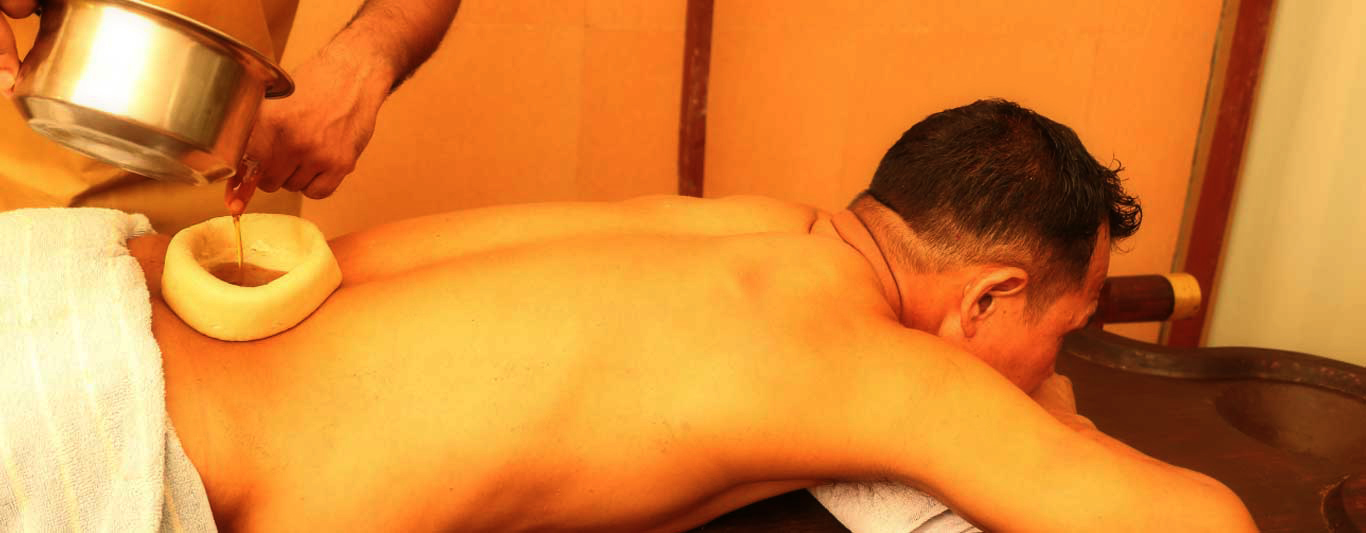Deep Vein Thrombosis
Deep vein thrombosis is a condition in which a blood clot forms in large vein in a muscle. It is caused by the slow blood flow through a vein, an increase in the natural tendency of the blood to clot and damage to the wall of the vein. Dvt is noticed after surgery or trauma, with higher oestrogen, contraceptive pills, during pregnancy, obesity, genetic factors, and in blood disorders.
Symptoms
- Pain, redness and tenderness in the leg mainly calf muscles
- Swelling of the lower or thighs
- Enlarged veins beneath the skin.
- In some cases pulmonary embolism is associated, with symptoms of shortness of breath, chest pain
- In some conditions it causes permanent damage to the vein and varicose veins may appear later.
Ayurvedic view
The symptoms of deep vein thrombosis can be correlated with siragrandhi and vatharaktham. This is caused due to the imbalance in vata,pitha doshas and and raktha dhatu. The treatments includes internal medicines and external therapies like lepanam, abhyangam, medicated dhara, leech therapy, virechana and vasthi.
The patient has to stay for 2-3 weeks for IP treatment. The patient with acute symptoms needs immediate care in allopathic hospitals. Chronic cases have good responds to ayurvedic treatments.
The patient needs to continue medicines for 2-3 months as follow up.
Diet:
Include herbs like garlic, ginger, turmeric in your diet which has powerful anti inflammatory ,blood thinning and anti microbial activities. Avoid too sour, salty, oily and fried food items. Drink plenty of water.
Activities:
Regular exercise is needed to improve the proper blood circulation and health of blood vessels.
Avoid long periods of inactivity. During travelling for long hours stretch your legs and try to walk for few minutes. Wearing elastic stockings helps in blood flow. Bed ridden patients should be given regular stretching exercises. Try to raise the leg while sleeping.





